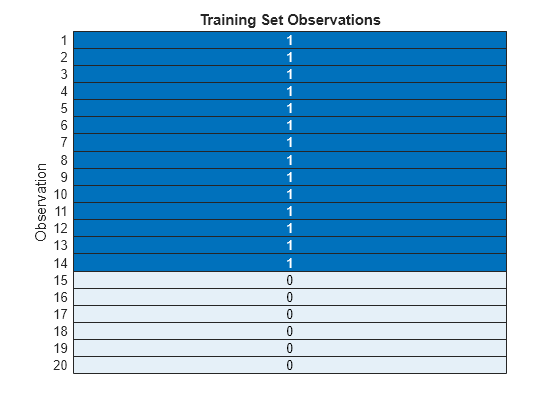training
Description
idx = training(c)idx for a tspartition object
c. That is, the logical vector idx specifies the
observations in the training set. In this syntax, c is an object of
type 'holdout'.
idx = training(c,i)i of a tspartition object
c of type 'expanding-window' or
'sliding-window'. That is, the logical vector idx
specifies the observations in training set i.
If
c.Typeis'expanding-window', then the training set size expands with each window while the test set size remains fixed.If
c.Typeis'sliding-window', then both the training set size and the test set size are fixed.
Examples
Input Arguments
Output Arguments
Version History
Introduced in R2022b

